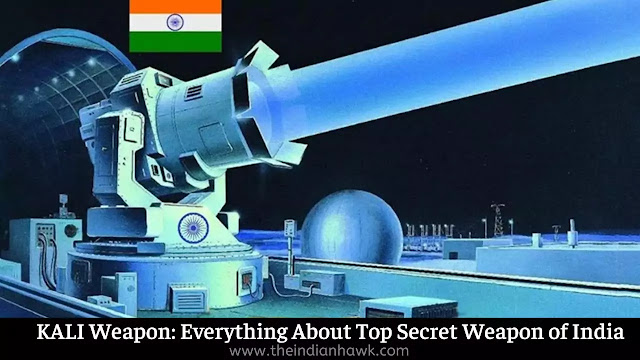Army Thwarts Pla Bid To Seize Heights Near Pangong - Indian Defence News
The “provocative military movements” by the People’s Liberation Army (PLA) aimed at seizing the heights in the Chushul sector, broadly between Pangong Tso and Spanggur Gap, were physically blocked by the swift deployment of Indian troops in the region at an altitude of around 15,000-feet.
“The pre-emptive action taken by our troops from the nearby Thakung and other posts foreclosed the PLA’s options to change the status quo (existing arrangement where perceptions of the Line of Actual Control overlap) in the area,” said a senior officer.
“Our troops completed their deployment in adequate numbers, with all the requisite equipment, to occupy the previously unoccupied dominating heights within our perception of the LAC by Sunday morning,” he added.
The Army said there were no violent clashes in the intervening night of Saturday and Sunday, as were witnessed during the extended bloody skirmish in the Galwan Valley on June 15.
But some sources said there were physical scuffles between the rival soldiers during the incident. The Indian troops involved in the action, incidentally, included commandos from the covert Special Frontier Force, which recruits from among the Tibetans exiled in India.
If the Indian Army had not undertaken the pro-active military manoeuver, it would have been presented with a fait accompli like on the northern bank of Pangong Tso, Gogra and Depsang areas, from where the PLA has refused to withdraw from what India considers its territory.
There is also little doubt that the PLA attempt to open a new front on Saturday, in keeping with its strategy to push the LAC westwards, was sanctioned by the top Chinese politico-military hierarchy, much like the multiple intrusions deep into Indian territory in early-May. “Military commanders at the tactical level cannot take such decisions,” said another officer.
Though India was initially caught off-guard by the well-planned multiple PLA intrusions four months ago, this time around the Army was better prepared. The movement of “a large column” of around 200 PLA troops was detected by radars and night-vision equipment deployed in the area before midnight on Saturday.
Around 100 PLA soldiers, with equipment to set up camps, were also spotted below the `Black Top Hill’, which in turn led the Indian Army’s to respond in a “quid pro quo” manner.
The PLA is obviously upset. It accused the Indian troops of “undermining” the consensus reached at the multi-level talks by “illegally” crossing the LAC to “seriously violate” China’s territorial sovereignty.
The Indian Army, however, said it was actually the PLA which had violated the consensus by carrying out provocative military movements. “Indian troops preempted this PLA activity on the southern bank of Pangong Tso Lake, undertook measures to strengthen our positions and thwart Chinese intentions to unilaterally change facts on ground,” said Army spokesperson Colonel Aman Anand.
“The Indian Army is committed to maintaining peace and tranquility through dialogue, but is also equally determined to protect its territorial integrity,” he added.
A flag meeting between the rival brigade commanders was held at the Chushul-Moldo border personnel meeting point on Monday. The over five-hour long meeting discussed measures to reduce the heightened tensions in the area.
The two armies continue to be locked in the prolonged face-off on the northern bank of the Pangong Tso, where over 3,000 PLA troops have refused to withdraw eastwards from the 8-km stretch they have occupied from `Finger-4’ to `Finger-8’ (mountainous spurs jutting into the lake) after building scores of new fortifications and gun positions in the area since early-May, as was reported by TOI earlier.
Several rounds of diplomatic and military talks have so far failed to break the deadlock in the stalled troop disengagement at Pangong Tso and Gogra as well as de-escalation in the rival military build-ups in the strategically-located Depsang-Daulat Beg Oldie (DBO) sector.
Source: TOI




.jpg)







